
Leaking Wall Cracks in Dewitt Basement
Wall cracks emanating from windows and doorways are very common when a home has bowing walls. The presence of water stains the cracks and makes them more visible, as seen here.
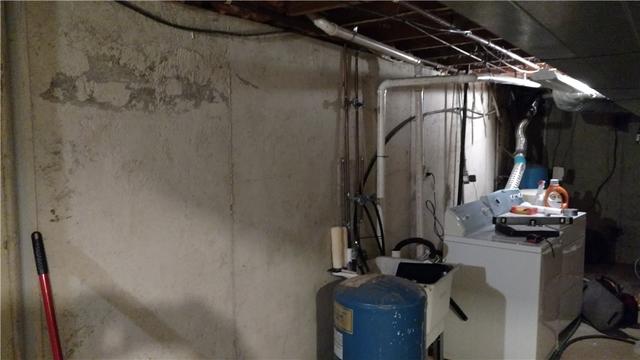
Wall Bowing Dangerous for Home Fixtures
While a severe bowing wall could lead to wall collapse, even a partially bowing wall could wreak havoc. Pipes and other fixtures that run along the affected wall can be damaged, which can cause a chain reaction of problems.
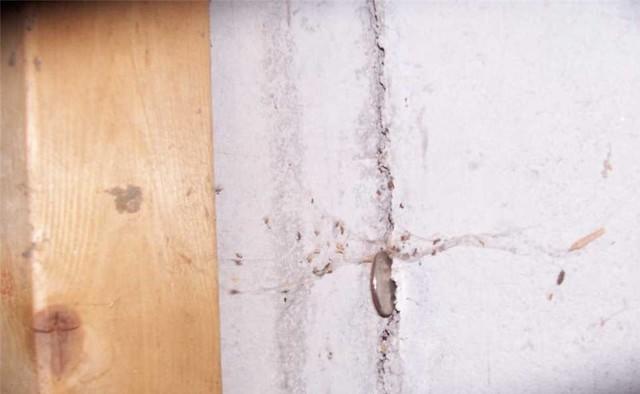
Wall Crack Visualization
This crack is wide enough to fit a quarter in - that's major when it comes to structural integrity.
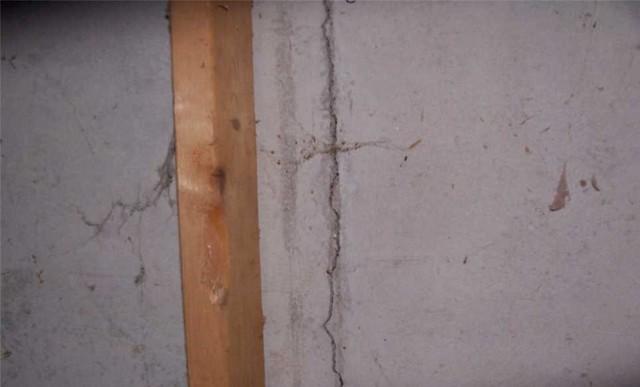
Wall Crack Near Framework
Sometimes walls have a sort of wooden framework installed over them for extra stability - the presence of this crack near one of the vertical supports shows that it isn't enough.
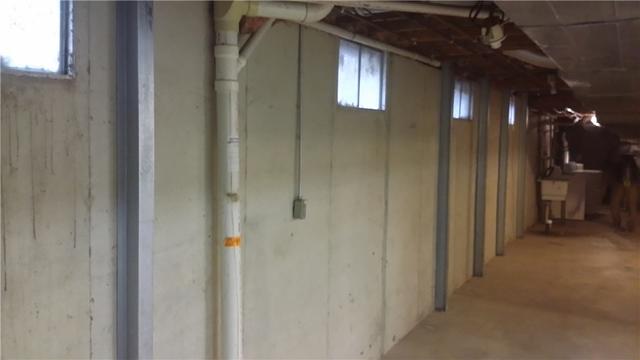
PowerBraces Stabilize Bowing Wall
We installed multiple PowerBraces along this bowing wall to stabilize it and prevent further leaning.
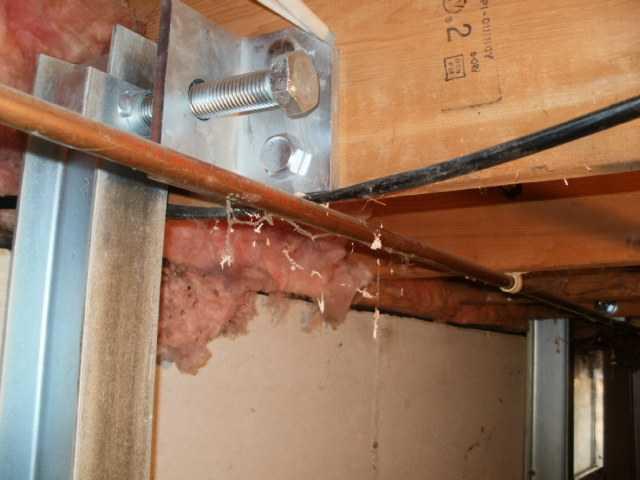
PowerBrace Secured to Joist
To ensure wall stability, we secure the PowerBraces to the footer and the ceiling joists, providing full wall protection.
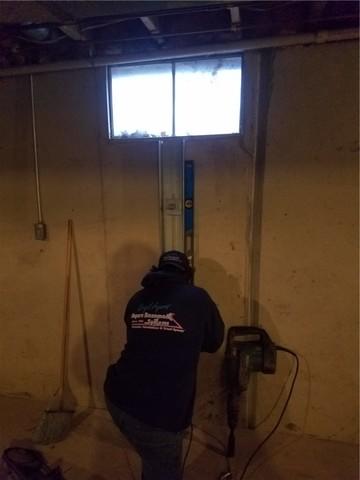
Wall Anchor Installed on Bowing Wall
The wall anchor being installed here will stabilize the bowing wall, and hopefully straighten it over time. This is achieved by tightening the bolt you can see in the middle of the anchor plate.

Wall Anchor Secured in Soil
This is the end point of the wall anchor - we secure it in the soil at a distance from the house that ensures we've avoided the unstable soil.
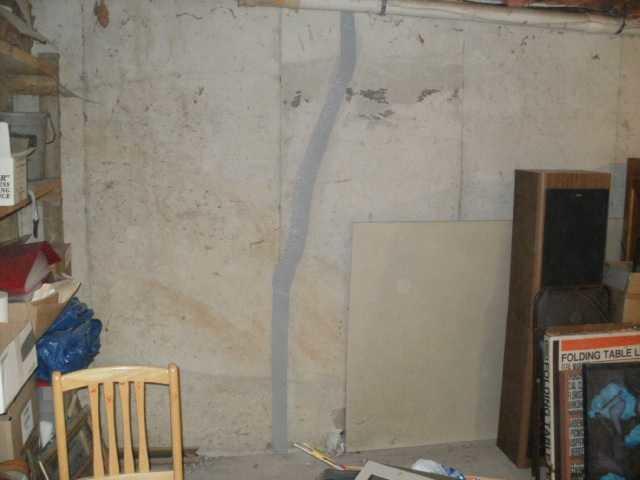
FlexiSpan Seals Leaking Wall Crack
One of the reasons DIY materials aren't effective at sealing leaking wall cracks is that when the wall shifts (which it will), the sealant does not - allowing water to get around the previously sealed area. FlexiSpan moves with the wall though (hence "Flex"), keeping the wall sealed.
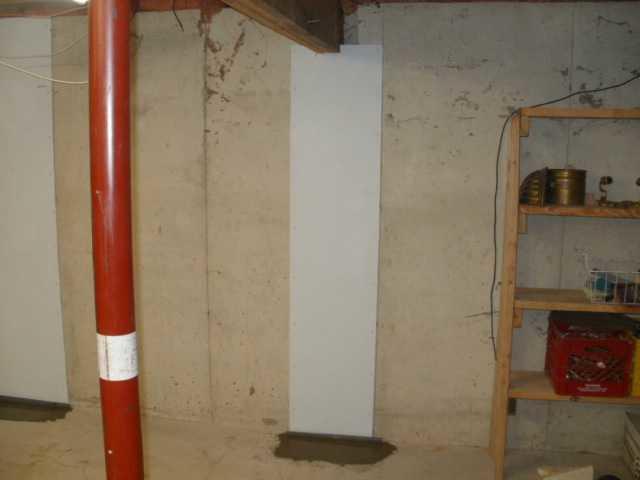
FlexiSpan Wall Crack Covering
After applying the polymer to the crack, we cover the entire area and tie it into a drain in the footing to allow any entering water to drain away rather than entering the basement.









